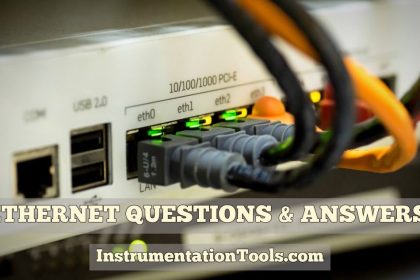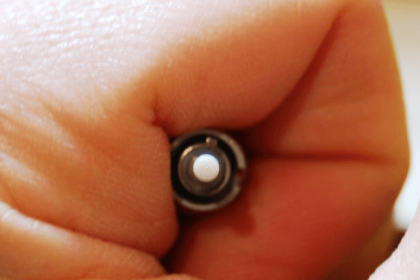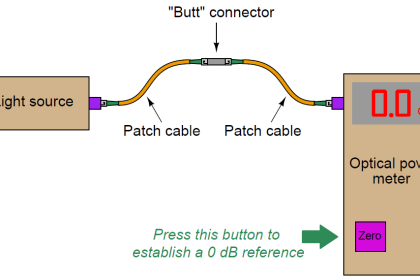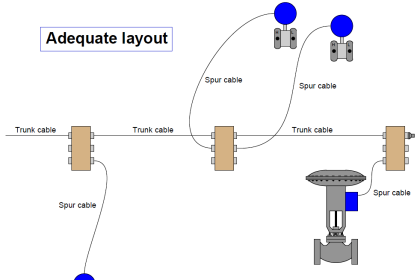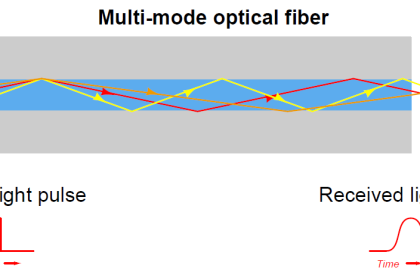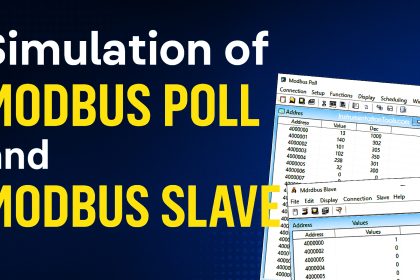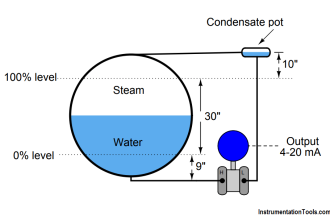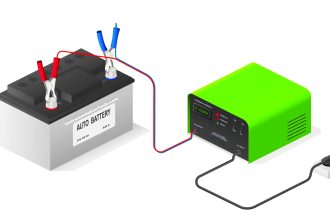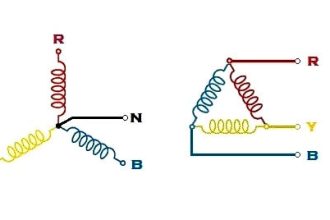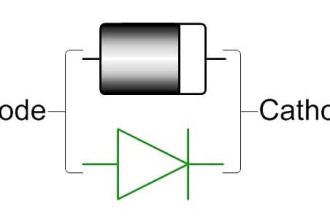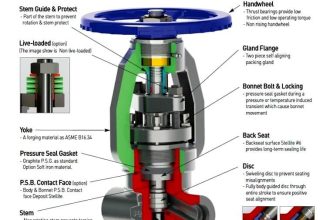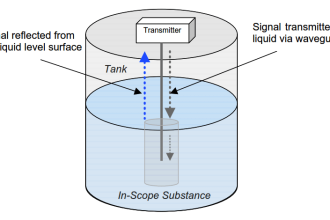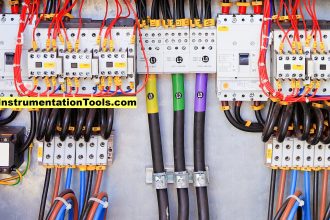In industrial automation, communication protocols play a very important role in working in an efficient environment. As every data flow cannot happen through hard IOs, soft communication thus aids in getting all plant data. As networking is progressing day by day, industrial protocols too are going hand in hand in matching with their rules. Two of the most used industrial protocols are Modbus TCP IP and PROFINET. In this post, we will see the difference between Modbus TCP IP and PROFINET.
What is Modbus TCP IP?
Modbus TCP IP comes in the family of traditional Modbus protocols developed by Telemechanique or Modicon (now Schneider Electric). Like them, Modbus works in the form of messages which consist of a header, data, a footer, and CRC or error codes. The total data sent in Modbus is 7 bytes, comprising all the above-mentioned. In them, the data comprises a maximum of 2 bytes. Modbus works in the way of function codes and register addresses, with the device address. So, traditionally, Modbus worked with Modbus RTU, which used RS232 or RS485 in the way of serial communication.
With Modbus TCP IP, the protocol works the same as mentioned earlier, but it only uses Ethernet hardware for the same. Due to this, we have to set the normal Ethernet parameters that we use in general, like IP address, gateway, and subnet mask. So, in a short summary, Modbus TCP IP uses an Ethernet platform to transmit and receive messages in Modbus format. Modbus was developed by Modicon or Telemecanique, which is now Schneider Electric.
What is PROFINET?
PROFINET (Process Field Network) is an industrial communication protocol developed by Siemens Automation, which also works in the Ethernet layer. PROFINET works in the way of real-time communication mode, which is hardened and used for critical and rigid environments. Data structure in PROFINET is different from compared of MODBUS. The main point to note is that PROFINET uses the device name as a primary part to communicate, instead of only the IP address. Also, the speed of communication is way faster in PROFINET than in MODBUS TCP IP. We will understand the difference better later in the post.
MODBUS TCP IP vs. PROFINET
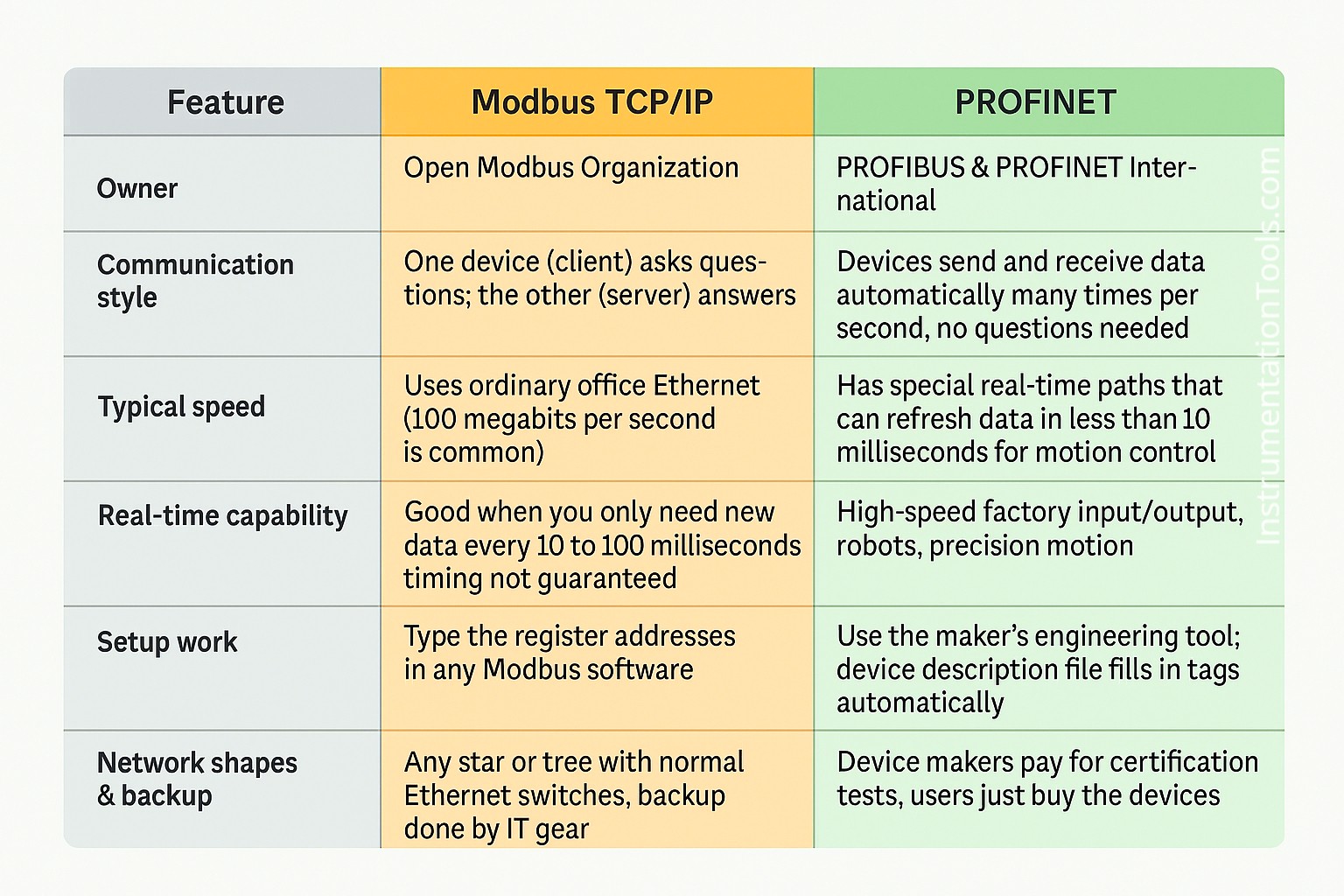
Communication architecture
Modbus TCP IP uses master-slave architecture, where the master requests data first and then the slave responds. If any of them are not there in the network, then the communication bus will not be healthy. But, PROFINET uses producer-consumer architecture, where the slave or producer will keep on sending data either periodically or on event-based, irrespective of whether the master or a consumer is present in the network or not. If present, it will either just listen or use it as per its configuration done in the program. This makes PROFINET a real-time communication, where as soon as the master or slave comes into the network, data flow will happen between them. Without anyone, too, the data flow will not stop, and the bus will not be affected. But, one thing to note is that if the slave itself is not there in the PROFINET network, then the master will just throw communication error codes, but will not affect the other masters in the system and hamper the bus performance by blocking their data flow.
Speed of communication
As Modbus TCP IP uses the master slave concept, with the increase in the number of slaves, the polling time increases. Polling time means that as the master requests data from slaves, each slave sends data sequentially. Multiple slaves cannot communicate with the master at the same time. But PROFINET uses real-time (RT) and isochronous real-time (IRT) communication. This enables it to bypass the existing TCP IP structure and uses fast cyclic communication. Due to this, specialised data that requires ultra-high speed and cannot suffer even a minute latency uses RT or IRT communication. But, it is to be noted that if IRT is used, then special hardware like IRT switches is required to interface. And also, as we discussed producer producer-consumer mechanism, real-time communication is more viable to link with in PROFINET than MODBUS TCP IP.
Ease in scalability
As discussed, in master slave architecture, a polling mechanism is used. So, when you are designing the system, at that time, only the number of slaves needs to be decided. If you plan to scale the job now and increase the number of slaves, then polling time too will increase and start to lag the communication with an increase in the devices. So, scalability is not preferable in MODBUS TCP IP, as compared to PROFINET, where real-time communication and data handling capacity allow it to expand the network as much as required easily.
Setup and commissioning
Modbus TCP IP is very easy to use and commission, as it is derived from the base of Modbus, where you just need to set the IP settings, device ID, function codes, register addresses, and length. This is the reason why most of the third-party devices worldwide implement this technology. But PROFINET requires skilled engineers for commissioning, with additional software like GSD files, device names, and real-time settings. It cannot be done by everyone, which makes it a little bit difficult to use for engineers.
OSI layers
As networking is based on the OSI layers, it is necessary to understand the difference here. In the transport layer (4), MODBUS TCP IP uses TCP, whereas PROFINET RT uses UDP, with PROFINET IRT completely bypassing the transport layer. The main working comes in layers 2 (data link) and 3 (network). MODBUS TCP IP depends on the network layer for communication, as it works with IP addresses. But PROFINET directly works on the data link layer, if the network is local, thus bypassing routing. This automatically increases the speed of communication.
In this way, we saw the difference between Modbus TCP IP and PROFINET.
Read Next:
- What is Rapid Spanning Tree Protocol?
- Network Switch Requirement in SCADA
- Basic Industrial Communication Networks
- Network Switch Port Allocation Details
- Facts About RS485 Industrial Network

